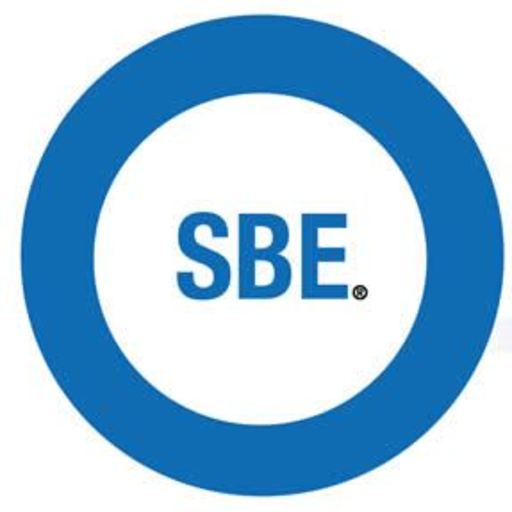The SBE filed comments on Oct. 29, 2018, with the FCC in response to the notice of proposed rulemaking (FCC 18-91), released July 13, 2018. That notice sought comment on various proposals for transitioning all or part of the 3.7-4.2 GHz band for flexible use, terrestrial mobile spectrum, and explores options for more efficient and intensive fixed use of the same band, all while protecting incumbent C-Band satellite earth stations from harmful interference.
 The SBE comments constitute a counterproposal that offers a reasonable alternative to dividing the 3.7-4.2 GHz band, a reverse auction, or other action that would not protect incumbent C-band receive-only earth stations. The SBE suggests that, given the huge number of C-band registrations since the opening of the window (now reportedly greater than 16,000), the FCC’s initial premise that the C-Band could be shared with 5G as an overlay was simply wrong.
The SBE comments constitute a counterproposal that offers a reasonable alternative to dividing the 3.7-4.2 GHz band, a reverse auction, or other action that would not protect incumbent C-band receive-only earth stations. The SBE suggests that, given the huge number of C-band registrations since the opening of the window (now reportedly greater than 16,000), the FCC’s initial premise that the C-Band could be shared with 5G as an overlay was simply wrong.
Recognizing that the European 5G proposal is 3.4-3.8 GHz, and since that offers 1 MHz of overlap with the U.S. proposal, the U.S, should adopt the European allocation, put the commercial broadband providers in the 3.4-3.7 GHz band and use the small overlap segment with C-band for local, private 5G networks critical for next-generation manufacturing and industrial applications. That is actually workable with C-band in the 100 MHz overlap segment. It leaves the vast majority of the spectrum, 3.8-4.2 GHz, intact with no 5G.
In contrast to other proposals, nothing is lost for current C-band users with the SBE plan. 5G moves into military radar spectrum, which was already designated years ago for broadband reallocation as part of the National Broadband Plan.
Read the SBE filing.

